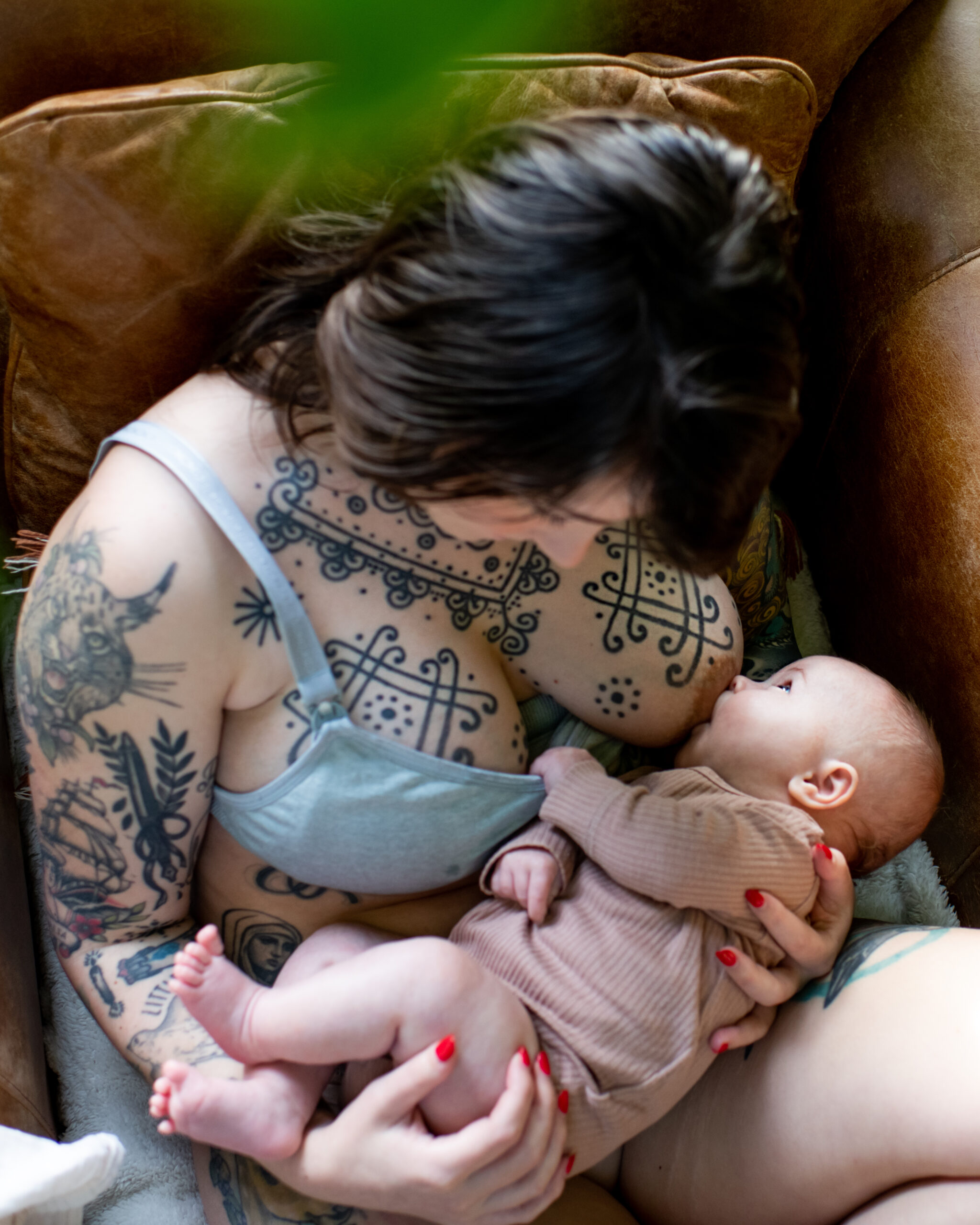When it’s time to transition their little one onto solid or puréed foods, many parents wonder whether going homemade is better than opting for commercially produced baby food.
In truth, there’s no real right or wrong answer to this question. What’s ‘better’ – as always – depends on what makes you feel most comfortable!
Most little ones are ready to be introduced to solid or textured foods alongside their usual breast milk or formula when they’re around six months old.
To help you out, we’ve put together a list of the benefits of making homemade baby food, as well as some handy hints on how to get started with your own healthy baby food if you do decide it’s the right thing for you and your baby.
The benefits of making baby food at home
There are plenty of benefits of making homemade baby food:
Adventurous eater
When you make your own baby food at home, you can whip up plenty of new and exciting flavours for them to try. This can help make them more comfortable with exploring new foods.
You’re in control
When you make food at home for your baby, you’re able to manage added sugars and salt and keep a close eye on their nutrition because you know exactly what’s going into their meals.
You can avoid a sweet tooth
Babies have an innate preference for sweet foods and breast milk itself has a sweet taste to it. When it comes to weaning, however, you have a great opportunity to encourage your little one to expand their palate. By making your own baby food, you’re able to offer a range of tastes, textures, and flavours, meaning that they’re less likely to want sweet foods later in life.
It’s cost-effective
Making your own baby food is generally less expensive than commercial options, particularly if bought and cooked in bulk. You can make sure that you get exactly what you pay for.
It’s fresher
With non-processed fresh and healthy food, you don’t have to wonder about how long your baby’s food was sat in the shipping factory or on the supermarket shelf. Plus, you know exactly what your baby is eating without having to worry about any unexpected ingredients.
There’s less single-use plastic
Making your own baby food means no single-use plastic packaging to deal with. Most store-bought baby food now comes in plastic rather than the old school mini glass jars, and these pouches can be difficult to recycle.
What you’ll need for making baby food at home
The following items can help you to make and serve up your own baby food at home:
- A blender, food processor, or hand blender to make the purée. You can also use a fork or a masher.
- Containers for your prepared food. These could be glass or plastic (silicone ice cube trays work well), but don’t freeze baby food in glass containers.
- Bowls to serve your baby food at mealtime.
- Some soft baby cutlery.
Choosing foods for your baby
Entering the world of weaning can be a little daunting, but it’s also a lot of fun and your baby’s first homemade meals don’t need to be complicated. Just remember to mash or puree the foods and introduce new ingredients one at a time so you’re able to spot any allergies.
Some soft ingredients you can use to make baby food include…
- avocado
- banana
- berries
- broccoli
- green veggies
- lentils
- meats like chicken and minced beef
- oats
- squash
- sweet potato.
How to prepare baby food
Before you get started, make sure your kitchen work surfaces and any utensils are squeaky clean and always wash your hands thoroughly.
- Wash, peel, and remove any stones or pips from fruits and vegetables.
- Steam, bake, or boil your ingredients until they’re very soft. You should be able to mash it with your fingers.
- Make sure that any meat is well-done and that all skin is removed.
- Check the food’s temperature and texture before serving it to your baby.
Healthy ways to add flavour
If you’re cooking the same food for the rest of your family, your baby’s portion should be separated before salt, spices or seasoning are added. This is because their taste buds are very sensitive, and salt is not good for their kidneys. It’s worth noting that stock cubes and powdered sauces are also high in salt, so it’s best to keep these out of your baby’s diet.
Like salt, babies shouldn’t eat honey and they don’t need sugar from things like sweets, cakes and sweetened food and drinks in their diet. Instead, pureed sweet fruits like apples or pears and healthy spices like cinnamon can be used to add flavour to their meals.
Storing homemade baby food
Once you’ve prepared your baby’s food, you should either immediately serve or refrigerate it. It can be stored in a covered contained in the fridge for one to two days. Alternatively, you can freeze it for one to two months. Just make sure you properly label it, so you know when it was made.
It’s a good idea to freeze baby food in small portions. A clean ice cube tray or baking tray can come in handy for this. When the portions are fully frozen, you can transfer them to airtight food containers which are safe for freezing, so you have single-serve portions ready to go for mealtimes.
Homemade baby food FAQs
Can I give my baby both shop-bought and homemade food?
Of course, mixing and matching gives you the best of both – convenience, and culinary creativity!
Most people find their own combination of homemade and shop-bought baby food. A pouch or two in your nappy bag for those on-the-go moments can be a real lifesaver. And a stock in your fridge of freshly made mushes for at-home dinners feels great. But whatever you choose – homemade, shop-bought or a bit of both – it’s what works for you and your baby that matters.
Is shop-bought baby food bad?
Not at all! Commercial baby foods are carefully created to offer nutritious, balanced and quality-controlled options for feeding your little one. They also offer convenience, especially if you and baby are on the go.
If your baby has any allergies or require dietary supplements, speak to your doctor or healthcare provider for advice.
How should I defrost or heat baby food?
All baby food must be thoroughly defrosted before being reheated. You can do this by using the defrost setting on your microwave or by leaving it in the fridge. Never defrost your baby’s food at room temperature. You should also make sure the food is eaten within 24 hours of being defrosted.
Ensure the food is steaming hot throughout when reheating. Stir food that is being cooked in the microwave, so it cooks evenly. Once cooked, let it cool and check the temperature before feeding your little one. Only ever reheat cooked foods once.


